


North Avenue – 1st Sax Part
You are unauthorized to view this page.
Use of the bis Key on the Saxophone
You are unauthorized to view this page.
Exploring the V7sus Chord
You are unauthorized to view this page.

by musictech | Oct 5, 2020 | DUET STUDIES
You are unauthorized to view this page.
by musictech | Oct 5, 2020 | DUET STUDIES
You are unauthorized to view this page.
by musictech | Oct 5, 2020 | SAXOPHONE TRAINING, TECHNIQUE
You are unauthorized to view this page.
by musictech | Oct 5, 2020 | CHORD STUDIES
You are unauthorized to view this page.
by musictech | Oct 5, 2020 | ROAD TIPS, THEORY GAMES
You are unauthorized to view this page. Hip Licks for Trumpet iPhone / iPad App
$13.99
Hip Licks for Trumpet iPhone / iPad App
$13.99
 Jazz Studios designer T-Shirt (Size XX-Large)
$24.95
Jazz Studios designer T-Shirt (Size XX-Large)
$24.95
 Jazz Studios designer T-Shirt (Size X-Large)
$24.95
Jazz Studios designer T-Shirt (Size X-Large)
$24.95
 Jazz Studios designer T-Shirt (Size Large)
$24.95
Jazz Studios designer T-Shirt (Size Large)
$24.95
 Hip Licks for Guitar iPhone / iPad App
$13.99
Hip Licks for Guitar iPhone / iPad App
$13.99
 Jazz Studios designer T-Shirt (Size Small)
$24.95
Jazz Studios designer T-Shirt (Size Small)
$24.95
 Hip Licks for Alto Sax Vol 2 iPhone / iPad App
$12.99
Hip Licks for Alto Sax Vol 2 iPhone / iPad App
$12.99
 Hip Licks for Tenor Sax Vol 2 iPhone / iPad App
$12.99
Hip Licks for Tenor Sax Vol 2 iPhone / iPad App
$12.99
 Hip Licks for Tenor Sax Vol 1 iPhone / iPad App
$12.99
Hip Licks for Tenor Sax Vol 1 iPhone / iPad App
$12.99
 Hip Licks for Alto Sax Vol 1 iPhone / iPad App
$12.99
Hip Licks for Alto Sax Vol 1 iPhone / iPad App
$12.99
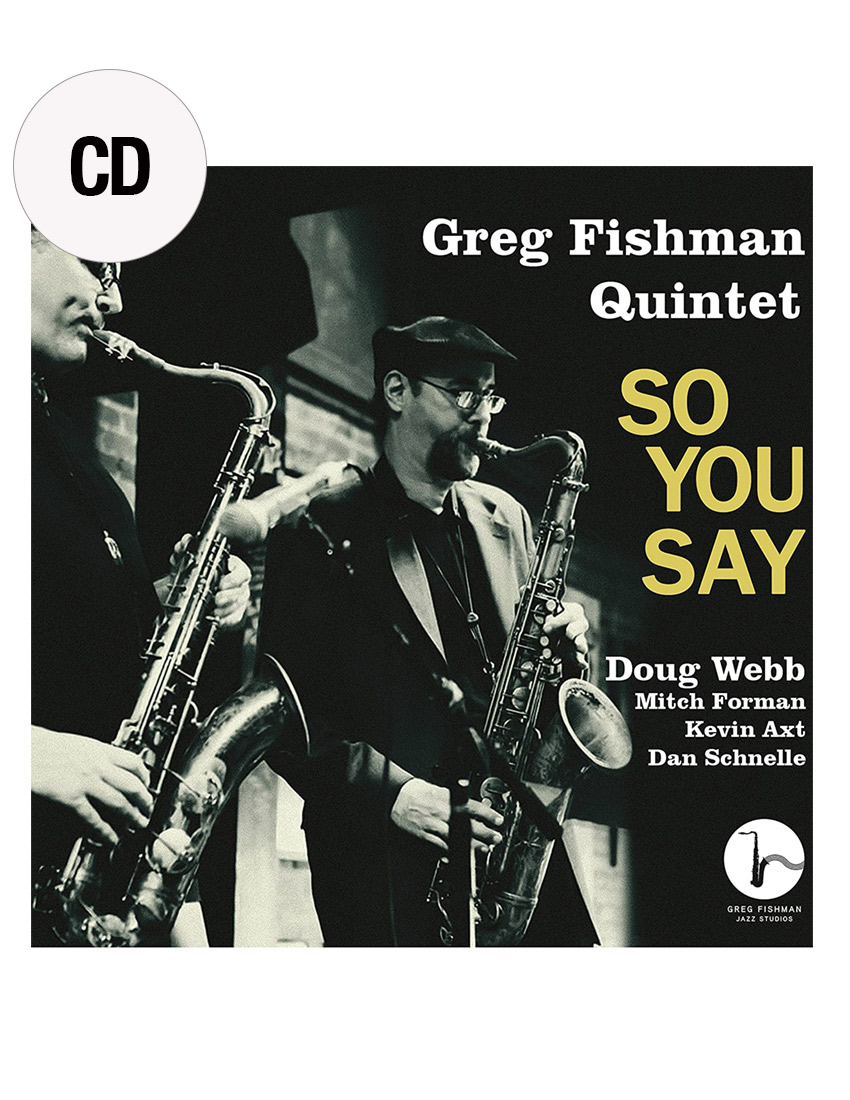 So You Say
$14.95
So You Say
$14.95
 10 Skype Lesson Pack
$1,100.00
10 Skype Lesson Pack
$1,100.00
 5 Skype Lesson Pack
5 Skype Lesson Pack
 3 Skype Lesson Pack
$360.00
3 Skype Lesson Pack
$360.00
 1 hour Skype Lesson
1 hour Skype Lesson
 Jazz Studios designer T-Shirt (Size medium)
$24.95
Jazz Studios designer T-Shirt (Size medium)
$24.95
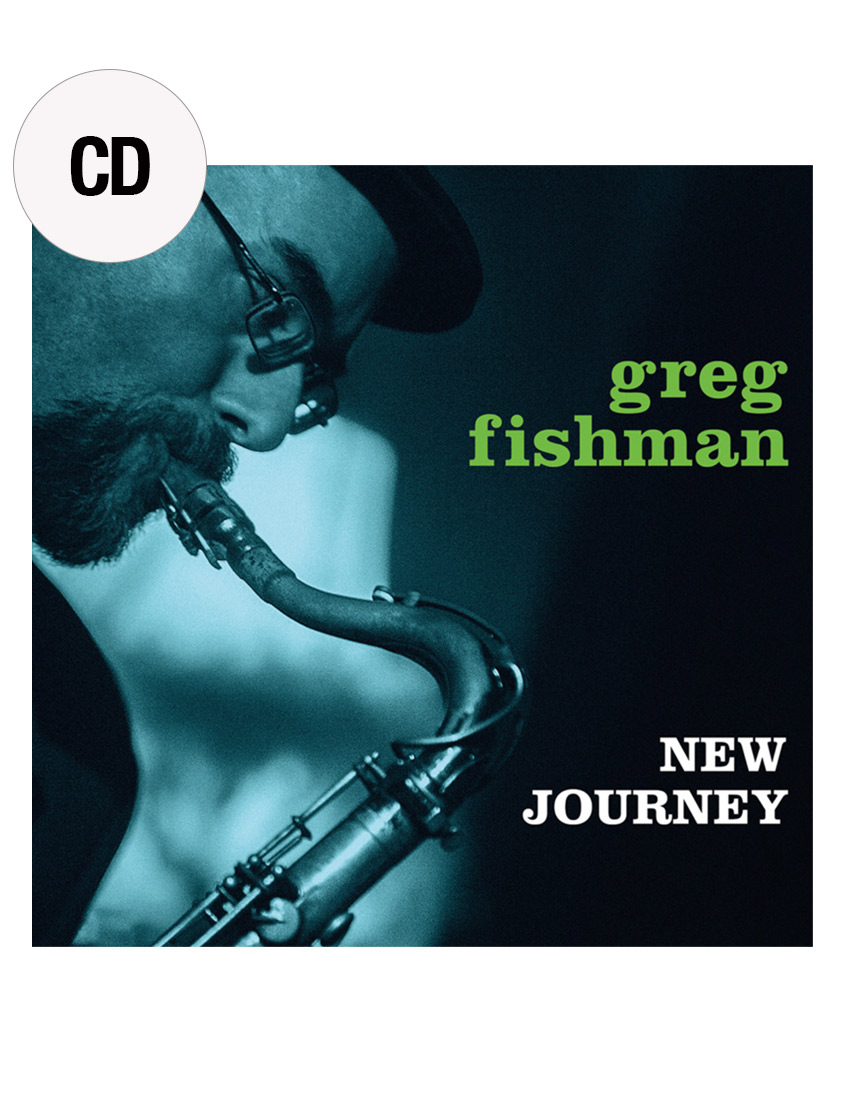 New Journey
$16.95
New Journey
$16.95
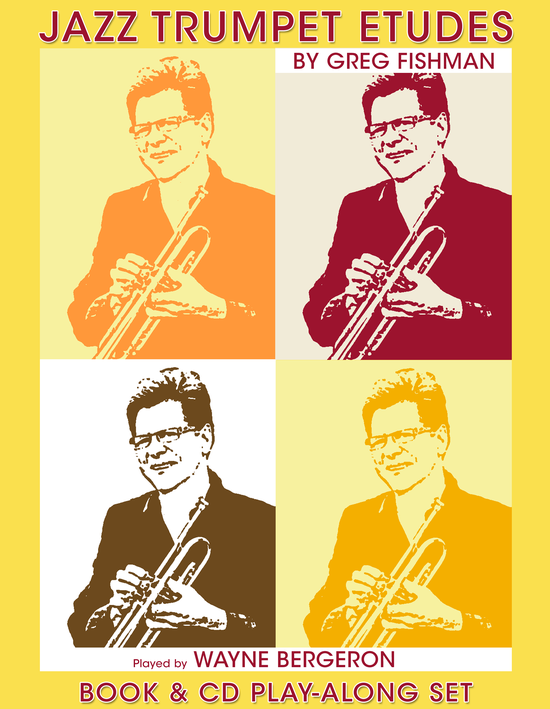 Jazz Trumpet Etudes
$24.95
Jazz Trumpet Etudes
$24.95
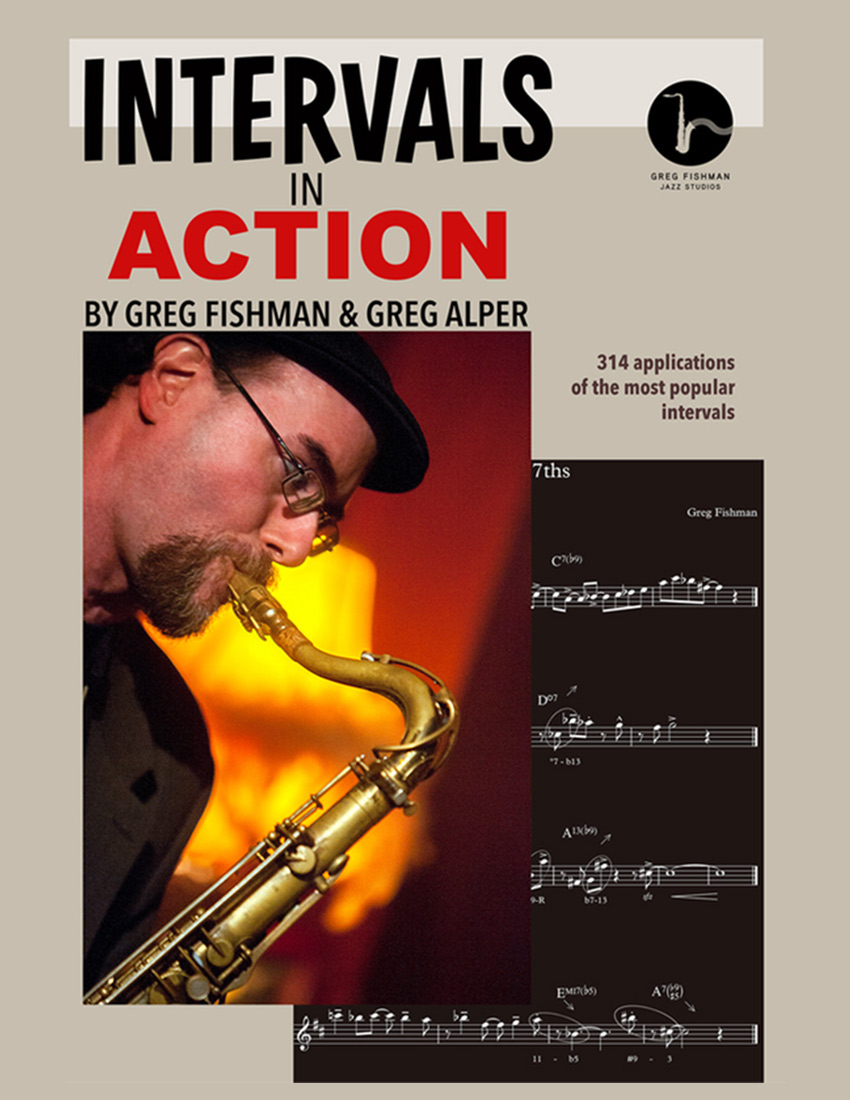 Intervals in Action
$24.95
Intervals in Action
$24.95
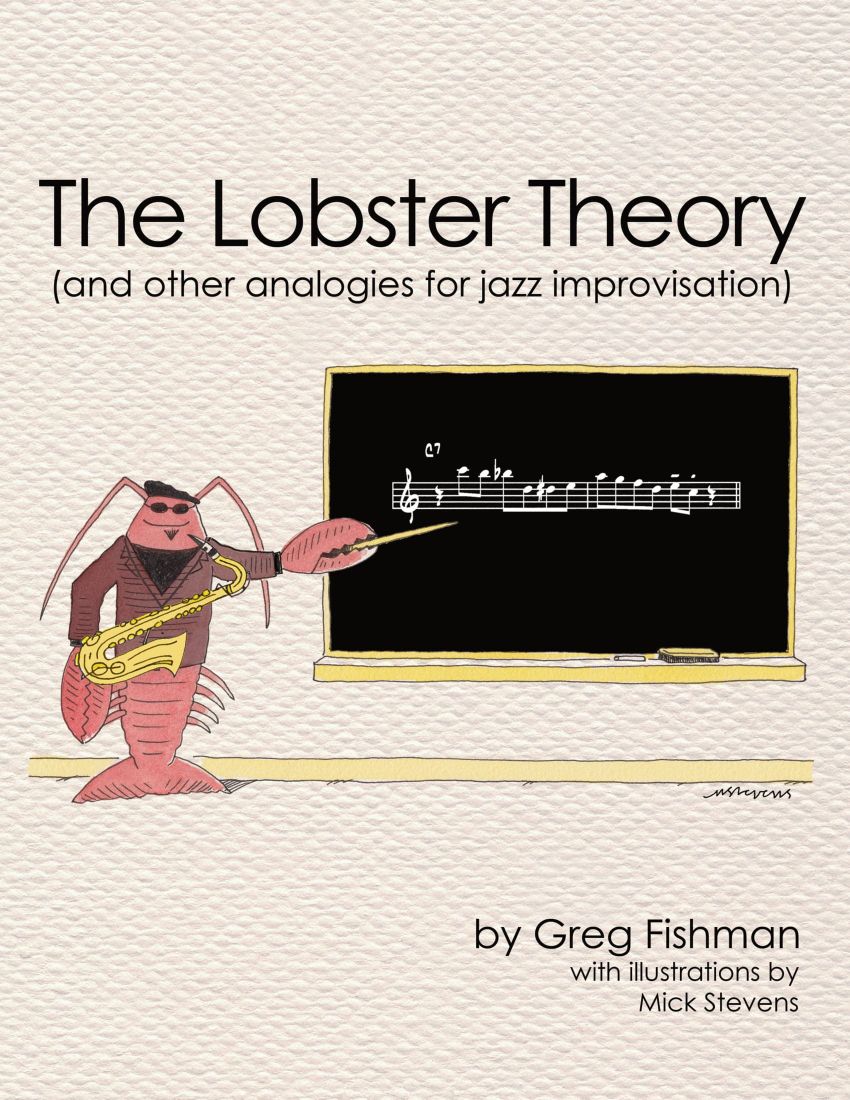 The Lobster Theory (and other analogies for jazz improvisation)
$29.95
The Lobster Theory (and other analogies for jazz improvisation)
$29.95